A Business Concept Proposal is a structured document that outlines the core idea of a business or project, its goals, target audience, and how it intends to solve a…
continue reading
20+ SAMPLE Fundraising Proposal
-

Fundraising Project Proposal
download now -
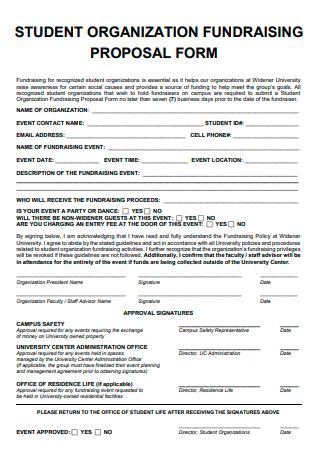
Student Organization Fundraising Proposal Form
download now -
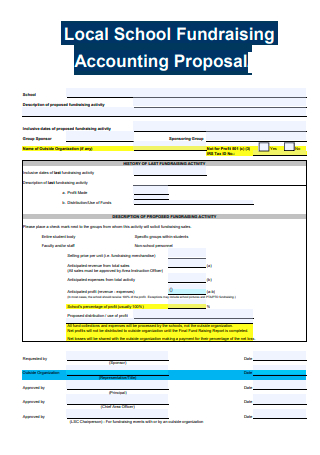
Local School Fundraising Accounting Proposal
download now -
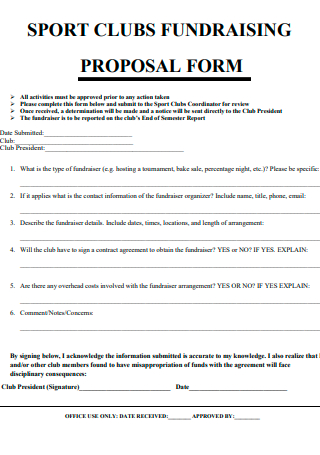
Sports Clubs Fundraising Proposal Form
download now -
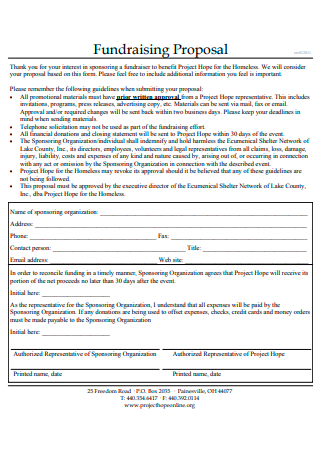
Basic Fundraising Proposal
download now -

Third-Party Fundraising Event Proposal Form
download now -
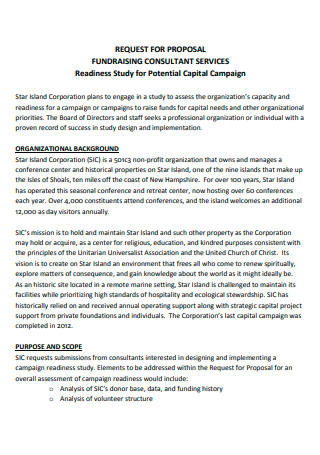
Fundraising Consultant Services Proposal
download now -

Grant Fundraising Proposal Request
download now -
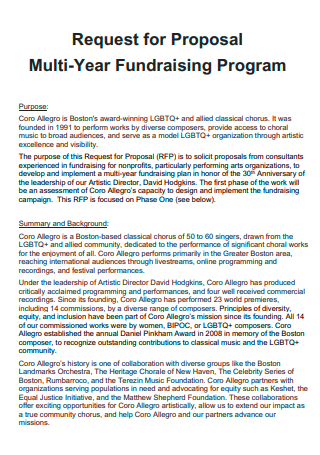
Multi-Year Fundraising Program Proposal
download now -
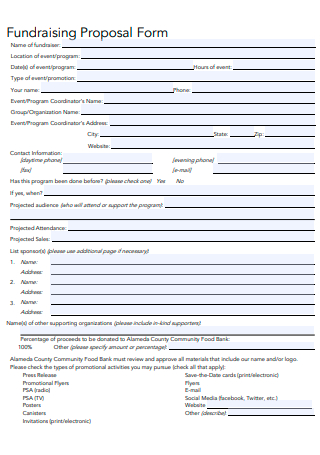
Fundraising Proposal Form
download now -
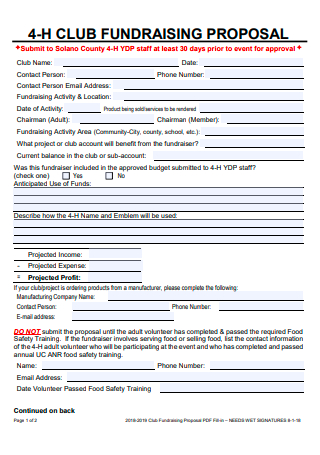
Club Fundraising Proposal
download now -
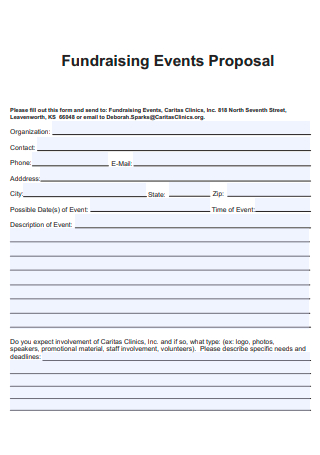
Fundraising Events Proposal
download now -
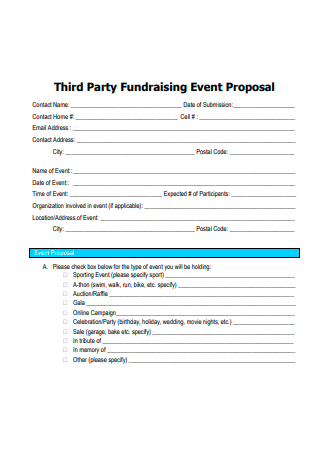
Third-Party Fundraising Event Proposal
download now -
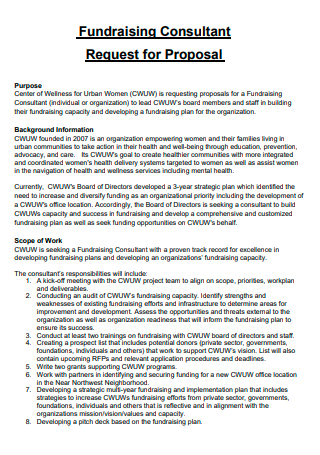
Fundraising Consultant Proposal
download now -
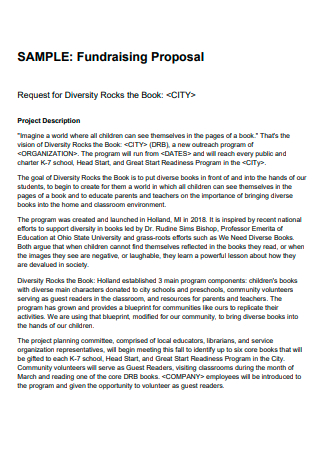
Sample Fundraising Proposal
download now -
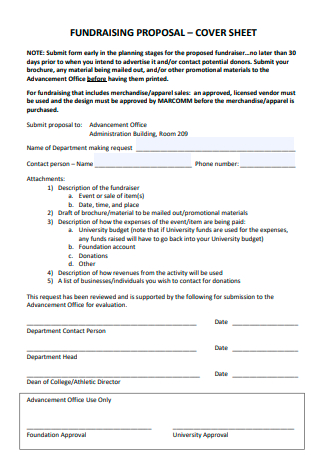
Fundraising Proposal Cover Sheet
download now -
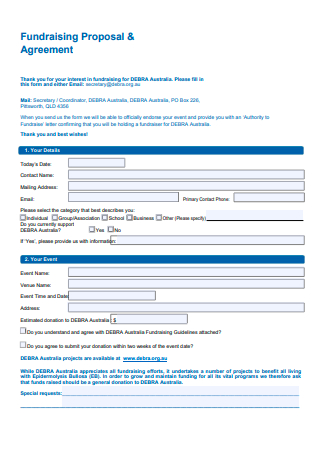
Fundraising Proposal and Agreement
download now -
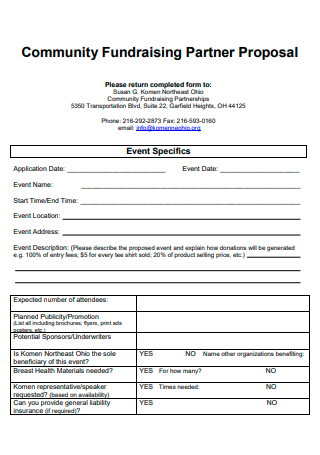
Community Fundraising Partner Proposal
download now -

Activity and Fundraising Proposal
download now -
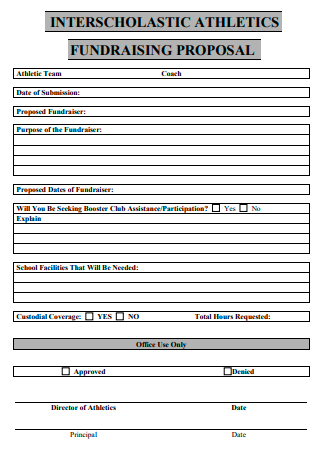
Athletics Fundraising Proposal
download now -
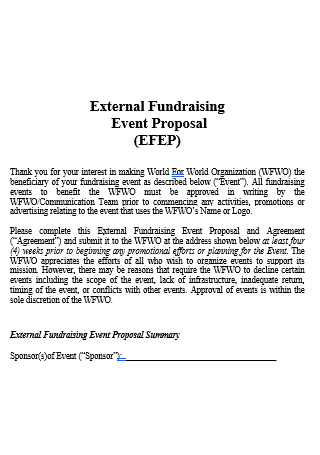
External Fundraising Event Proposal
download now
What Is a Fundraising Proposal?
A fundraising proposal is a written document that encourages individuals, institutions, and other organizations to come together to acquire a common goal for an activity to collect money for charity, school, or any other corporate event. Fundraising proposals are more straightforward in comparison to other forms of business proposals, including sponsorship proposals. It indicates its intention and purpose to persuade or encourage people to join a specific cause or activity to raise funds and money for charitable, educational, or business purposes. Fundraising institutions, organizations, and volunteers write these proposals for them to generate sufficient financial support and resources to fund their projects or programs. Fundraising groups and institutions construct fundraising proposals that align with specific standards and requirements, keeping in mind the needs of the fundraising event. The individual responsible for constructing the fundraising proposal must find a way to communicate and establish a purpose for people to accept and support the proposal.
According to the data from the Giving USA 2020: The Annual Report on Philanthropy for the Year 2019, an estimated amount of 449.64 billion US Dollars coming from different individuals, bequests, foundations, and corporations are given to charities in the year 2019.
Components of a Fundraising Proposal
Three essential components must always be present in any proposal. It must include a description of the organization, information about the management and its Constitutions, and an overview of the project implementation. When writing fundraising proposals, utilize computer programs to make the document and save the main document as a template to help the organization create fundraising proposals efficiently in the future. The section below tackles the different components of a fundraising proposal that is essential to creating a successful fundraising proposal, along with valuable descriptions for readers to understand each section of the document.
How To Write a Fundraising Proposal
When writing a fundraising proposal, organizations must take the time to ensure that all the necessary information they need is present in the proposal to guarantee that donors and funders provide support and monetary donations to their project or program. It must incorporate information that enables its readers, including supporters and donors, to inspire them to donate. Aside from using photos, videos, and other media formats and good storytelling, a person can inspire trust in different individuals and encourages them to take action. The section below highlights different tips that you can use to write a fundraising proposal for a nonprofit organization or other groups for different projects and programs.
-
1. Explain the Significance of the Project or Program
Make sure that the fundraising proposal relays its purpose for raising money. Ensure that the readers have a clear understanding of the needs of the organization, what it wants to accomplish or solve, and how the organization plans to utilize the funds they acquire from supporters and donors. Make sure to cover all the necessary information without overcomplicating the explanations. As much as possible, make clear and concise vision statements.
-
2. Convey the Necessity of the Cause that the Organization Wants To Achieve
Many individuals that donate to different organizations want to see that their donations are significant and vital. The fundraising proposal must emphasize how the organization and its project will make a difference, including its effect on people and communities. It must also indicate the specific steps that the organization takes using the solicited funds.
-
3. Put a Name To the Face
Remember that marketing techniques and events are still relevant in raising funds. Before making donations and showing support to projects, people must empathize with the cause of the organization. An organization can encourage empathy by incorporating the stories and experiences of individuals that have a direct influence at the moment the implementation of the project begins. It is easy for individuals to brush off the money and donation requests, but it is difficult to say no and ignore pleas from personal experiences.
-
4. Make an Introduction to the Audience
If the organization plans to open the fundraising event to a public audience, more people will not recognize the organization and its advocacies. As such, the organization must provide a bit of insight into the association by explaining who they are and why they are pursuing and dedicating their support for a specific cause. The introduction that the organization builds a sense of trust and conveys sincere commitments to the issues at hand that the organization needs to address or advocate.
FAQs
What are the major forms of fundraising?
There are different forms of fundraising for organizations, including reaching out to institutional grantors, promoting social events and product sales, direct marketing, and approaching individual donors.
Why do you need a funding proposal?
Organizations need funding proposals to outline the specific group or individuals that are affected by the project or program after receiving monetary funds and support.
What is a fundraising model?
A fundraising model is a methodological and institutionalized approach to building a reliable revenue source that can support the organization in its projects and endeavors to facilitate programs and services.
Writing a fundraising proposal ensures that the organization delivers its message to potential donors and funders. Through the use of the fundraising proposal, organizations or groups of people can allocate and ask for funding and support from different individuals and companies to help fund projects and programs that will benefit communities. A comprehensive fundraising proposal helps communicate to people the significance of their contributions and donations and how the project can make a difference. Compose a fundraising proposal for your organization by downloading from the 20+ SAMPLE Fundraising Proposal in PDF | MS Word available in the article when you visit Sample.net.

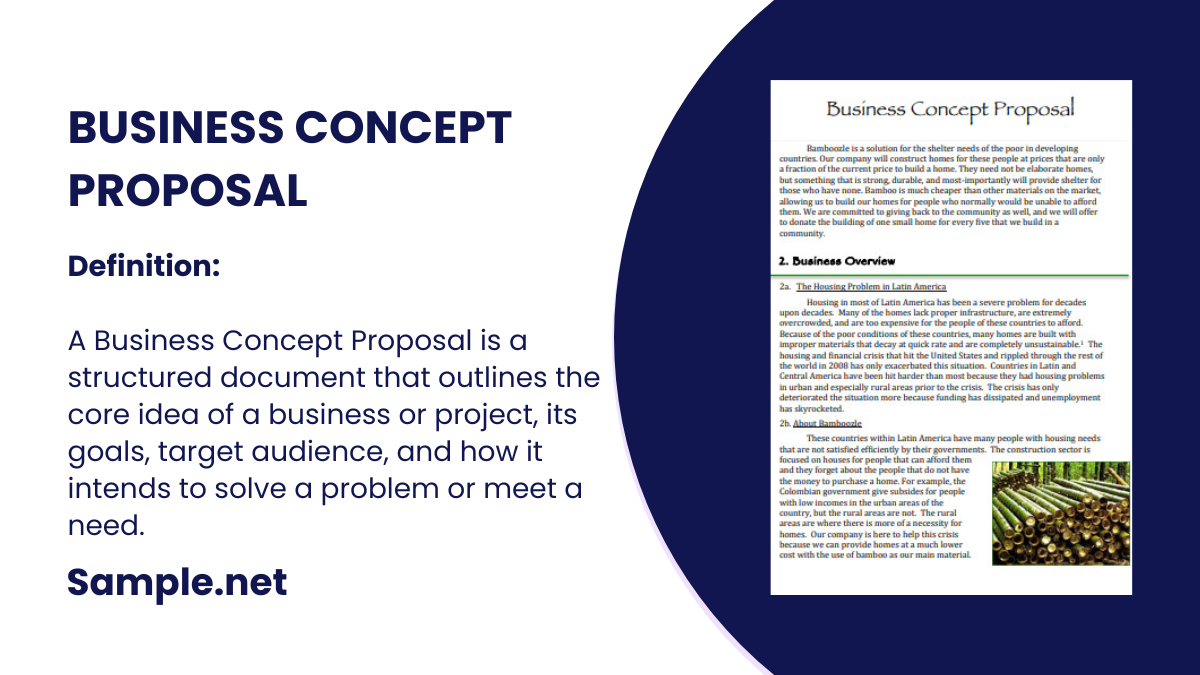
![25+ SAMPLE Marketing Budgets [ Business, Plan, Digital ] marketing budgets](https://images.sample.net/wp-content/uploads/2021/02/Marketing-Budgets.jpg)